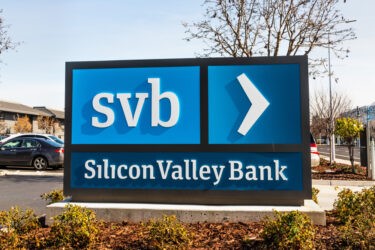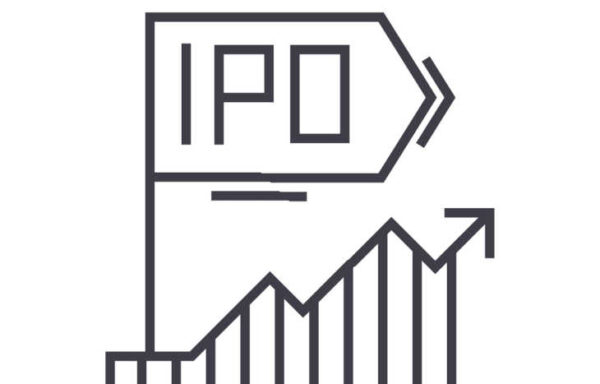What is Market Capitalization?
The bigger a company becomes, the larger its market capitalization becomes. And while many new investors are more interested in looking at share price appreciation, market cap can tell a lot about the company’s size and investor sentiment in that organization. Market capitalization is simply the value of total available shares, based on the current stock price. You can calculate the market cap of a company by multiplying current share price by the number of shares outstanding.
Market cap isn’t just a number: it provides context for the company within its sector, against competitors, and in relation to more concrete financial valuations. There are different classes of market capitalization, always subject to change based on where the market sets the company’s share price.
Here’s a look at the meaning behind market capitalization, why it’s important and how to use it as an evaluative tool when performing due diligence on an investment.

IPO Sets the Foundation for Market Cap
A company doesn’t have a market valuation… until it does. This is why an initial public offering (IPO) is so important. The IPO establishes the number of shares available to purchase, as well as the stock price. Together, these figures set the company’s initial market cap.
For example, Robinhood Markets Inc. (NASDAQ: HOOD) went public in July 2021 with 725.29 million shares and a share price of $35.15. This put the company’s initial market cap at $25.49 billion market cap. The company’s market cap has since grown to $34.23 billion and is likely to continue growing. The initial market cap was simply a benchmark for demand at the time of the IPO.
Post-IPO, it’s up to the market itself to set the market cap. Bullish investors drive up the market cap by driving up the share price; bearish investors do the opposite. This constant back-and-forth represents supply and demand, and the chief driver behind changing market capitalization.
Market Cap Classifications
The span of market capitalization among public companies is expansive. To better-group similarly sized organizations, many investors and brokers refer to them by certain classifications. From biggest to smallest market capitalization:
- Mega Cap: More than $200 billion
- Large Cap: $10 billion to $200 billion
- Medium Cap: $2 billion to $10 billion
- Small Cap: $300 million to $2 billion
- Micro Cap: $50 million to $300 million
- Nano Cap: Less than $50 million
A company’s market capitalization will change with the ebb and flow of its share price. A mid cap stock might breach $10 billion in value, then fall below that threshold again the following week. Market capitalization thresholds aren’t hard and fast—rather, they’re good guidelines for evaluating companies based on size.
Why Does Market Cap Change?
Market capitalization changes for many reasons—all rooted in investor sentiment. A poor earnings report can send buyers clamoring for shares and drive the stock price up 5%, pushing market cap up with it. Conversely, investigation by the SEC might send the stock on a negative run, shaving tens (or hundreds) of millions off the market cap. It all comes down to who’s in control: bears or bulls.
Another driver behind changing market capitalization is revenue and profit. The healthier the company’s balance sheet, the more its market capitalization is. This is typically reflected in investor sentiment, but earnings and profits play a role in setting the benchmark.
Finally, a company can change its market cap through the repurchase of shares. By reducing the total number of outstanding shares, it changes the market cap equation. Usually, the company’s share price will appreciate significantly from a buyback; however, market cap still tends to lag in adjusting.
Market Cap Metrics
Price-to-earnings and price-to-book are two key value investing metrics that use market cap as a benchmark. Both look at different financial measures of the company, then juxtapose them against current market capitalization.
Price-to-earnings looks at the company’s market cap in relation to its earnings, then provides a multiple to represent the difference. For example, if a company has a P/E ratio of 7.5, it means the company’s market value is roughly 7.5 times the price of its earnings. High P/E tends to mean the stock is overvalued.
Price-to-book is a similar metric that looks at the company’s net value vs. its market cap. It’s an indicator of how much investors are willing to pay for each dollar of the company’s net value. Again, the higher the P/B, the more overvalued a stock tends to be.
Market Cap vs. Enterprise Value
New investors often confuse market cap with enterprise value when it comes to defining the value of a company. Where market cap is the amount of money given to a company by investors through the price of its shares, enterprise value includes all debt and equity investments. Market cap is a good representation of investors’ forward-looking sentiments. Enterprise value is a true-to-form look at the value of the company.
Market cap and enterprise value go hand-in-hand when it comes to mergers and acquisitions. An acquiring company will look at the market cap of a target acquisition vs. its enterprise value. The difference is often on-par with the premium they’ll pay to acquire the target. This correlates with goodwill in accounting.
Market Cap Matters When Evaluating a Stock
At the end of the day, market capitalization represents what a company is worth on the open market. It reflects what investors are willing to pay for its stock. That, in and of itself, is a very telling metric. Savvy investors can comb financial statements to gauge how much of a premium the stock sells for at any given time. Price-to-earnings or price-to-book vs. market cap offers a clear look at how expensive (or affordable) a stock is. Remember to take a peek at market cap when evaluating a position, to see just how big that particular company is.
For the latest stock tips and analysis, sign up for the Profit Trends e-letter below. You will find insights on anything from market cap darlings to penny stocks with upside movement potential!





